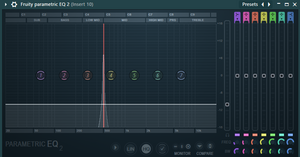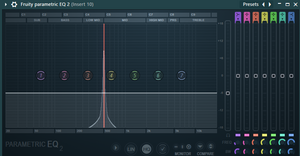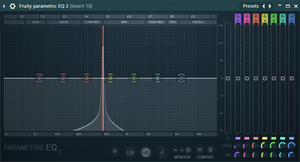Karen1979
Member
- May 5, 2021
- 19
- Tinnitus Since
- Feb 2021
- Cause of Tinnitus
- Noise damage /Acoustic trauma?
For the device to become an "integrated care pathway," a part of NICE guidelines etc, yes, I believe a larger trial will be required. However (puts optimistic hat on), if it proves to be beneficial in the real world, funding can be requested if a case is made.My biggest humdinger is the final cohort size. Originally it was posted as 400. Due to COVID-19, this was understandably not practical.
However, at 99 we still have a moderate size group to reduce the chances of a fluke/anomaly type situation. Small cohorts can provide false and misleading results, just think of Otonomy and Frequency Therapeutics. This is why many treatments fail at Phase 2 and Phase 3 as the bigger the cohort, the less chance the result was just by chance.
Now if I am right (if I'm wrong tell me), the data was collected from 56 participants as 37 discontinued or were unable to complete. It talks about ITT and PP, with ITT defined as intention to treat and PP as per-protocol. 56 were included in the PP analysis.
@Karen1979, in terms of NHS approval and the difficulties with them requiring level A-C evidence, they are looking at one trial of 20 patients and another trial of 56 patients. They will conclude that, due to the small and moderate cohorts, a larger trial is required.
(Source)NHS said:On an individual basis, there may be situations where a clinician believes that their patient's clinical situation is so different to other patients with the same condition that they should have their treatment paid for when other patients would not. In such cases, NHS clinicians can ask NHS England, on behalf of a patient, to fund a treatment which would not usually be provided by NHS England for that patient. This request is called an Individual Funding Request.
I know this seems long-winded but it may be the way.
If this happened and the patient "borrowed" the device for treatment and then returned it, then in theory it is a way to have the device in a service. This would be a slow way for the device to get integrated. However, once it's in, then from there the case is built to get additional funding and so on.
In my service, I pleaded a case for a costly device and was agreed to the funding (£600). I now can use this device across services. This will come down to individual services and funding structure. We also get a lot of donations to our service which allows us to buy things we need, a "defibrillator" as an example, and this could be the same for audiologists/ENTs.
If this works, "WE JUST NEED TO STOMP OUR FEET A LOT!"

 Member
Member



